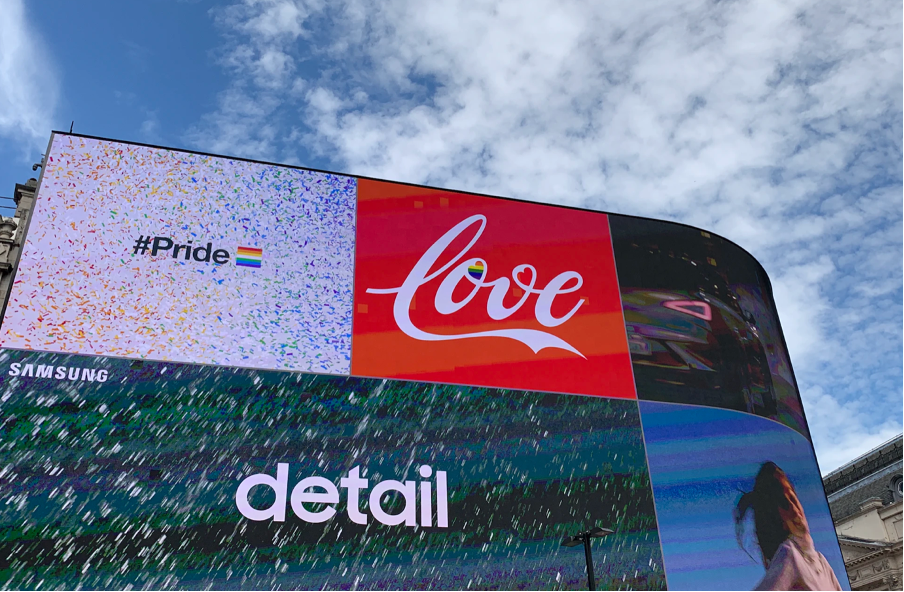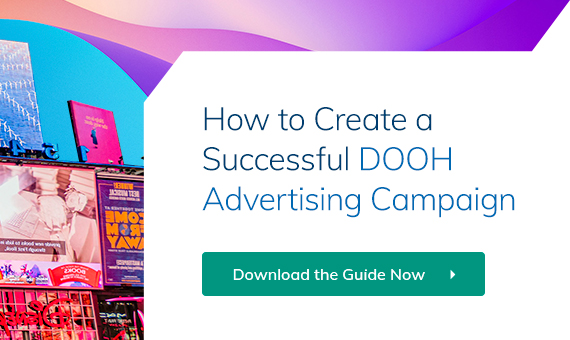From the smallest mom and pop shops to the biggest corporations in the world, every enterprise needs to think about brand positioning.
Why?
Because all enterprises exist in markets saturated with other companies – many of which offer almost identical products and services. As such, if you want consumers to think of your business first when they’re ready to buy, you have to position your brand in such a way as to be at the forefront of the minds of your target audience at all times – and digital out of home (DOOH) advertising can help you do just that.
What Is Brand Positioning, and What Is a Brand Position Strategy?
If the concept of brand positioning is still a little abstract, then let’s begin with a few simple definitions.
Brand positioning, as leaders in the study of brand management Philp Kotler and Kevin Keller define it, is “the act of designing the company’s offering and image to occupy a distinctive place in the mind of the target market.”
Here’s how HubSpot puts it.
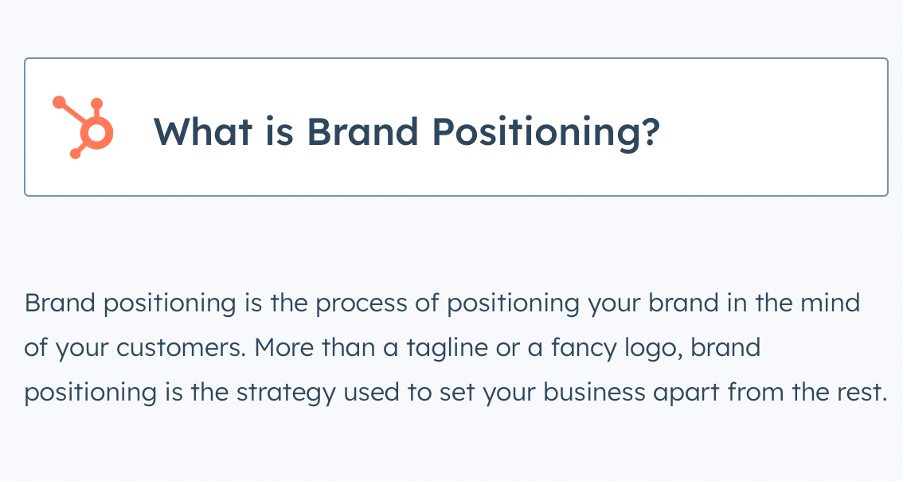
(Image source: hubspot.com)
Taking things slightly further, the Branding Journal explains that “brand positioning describes how a brand is different from its competitors and where, or how, it sits in customers’ minds. A brand positioning strategy therefore involves creating brand associations in customers’ minds to make them perceive the brand in a specific way.”
Indeed, a strong brand positioning strategy is imperative for all enterprises – large or small – striving for success.
The key is consistency – and the proof is in the numbers.
Research has found that brands which are consistently presented see an average revenue increase of 10-20%. What’s more, the majority of brands (60%) believe maintaining a strong, consistent brand is important for both generating leads and communicating with existing customers.
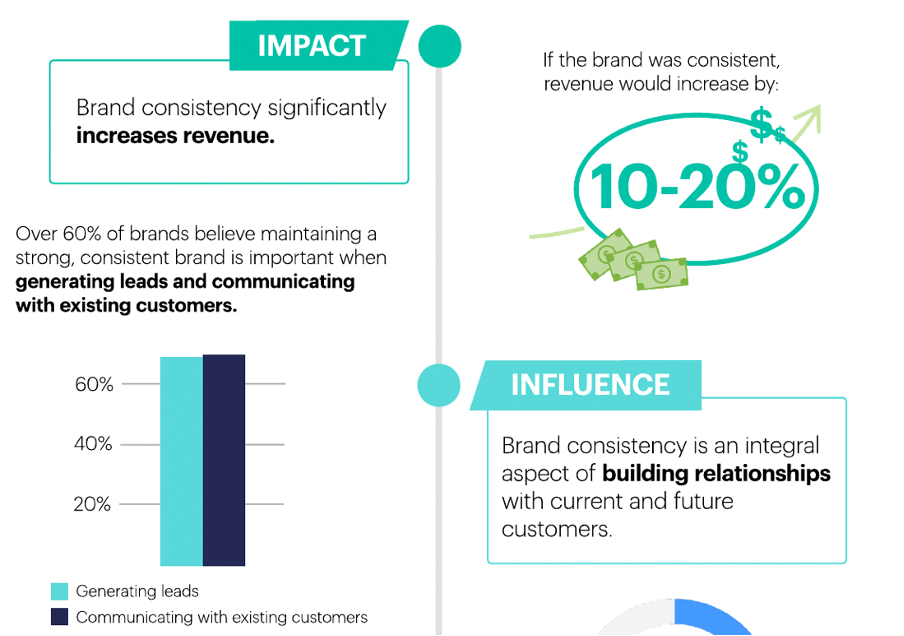
(Image source: marq.com)
Developing a Brand Positioning Strategy and Brand Positioning Statement
In the simplest of terms, effective brand positioning is all about owning a unique position in the minds of your target customers. In other words, it is an articulation of what you want your brand to stand for and be to consumers.
Successful brand positioning, therefore, signals differentiation in the market. It sets your brand apart from competitors in terms of the benefits and value your brand offers – in a way that usually goes beyond the benefits and value of the product or service you’re selling itself.
This means that, as a brand, you need to communicate your business’s core values in every piece of advertising content you create – and a strong brand positioning statement will help you do just that.
What’s a Positioning Statement?
As HubSpot describes, positioning statements are internal marketing tools that create a clear vision of your brand – a vision that helps everyone at your business gain a clear understanding of what your brand stands for.
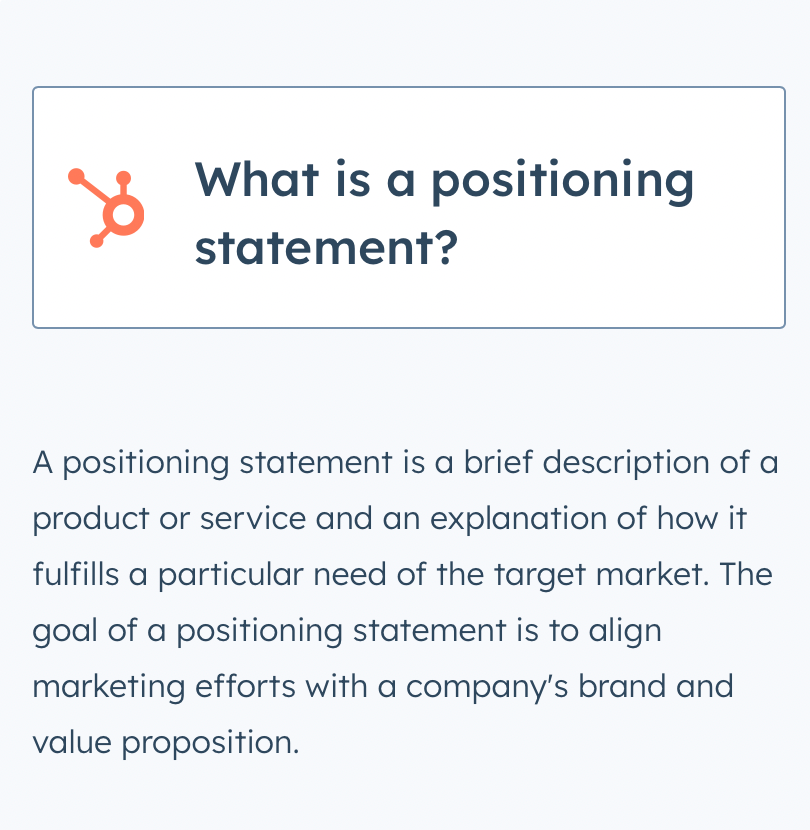
(Image source: hubspot.com)
Creating a positioning statement allows you to convey your brand’s value proposition and brand promise to your ideal customers. It frames your brand image, identity, and purpose within the context of the buyer’s experience.
In order to craft your positioning statement, you need to gain a clear understanding of the following elements of your business:
- Who are your customers?
- What is the specific need you are serving?
- What value do you offer (quality products, lower pricing, convenience, etc.)?
- What makes you different from the competition?
Once you’ve answered those questions, you can start crafting a positioning statement that:
- Resonates emotionally with your customers
- Can be realistically and reliably delivered by your business
- Conveys your core value(s)
- Is recognisably and memorably different from your competitors
The final challenge is to reflect this brand positioning in your advertising – so let’s take a look at some brilliant DOOH advertising examples that get the brand position just right.
Examples of Great Brand Positioning in DOOH Advertising
As a one-to-many medium, DOOH advertising is a fantastic tool for brand positioning. Thousands of people walk or drive past the growing number of digital out of home advertising displays and billboards every single day – making DOOH media the perfect tool for raising brand awareness with campaigns that aim to establish your unique brand position in the market.
Here are a few great examples.
CarDoor
CarDoor is an online car buying and trading platform that makes the process of buying a new car simple and convenient – something you can do from the comfort of your own home.
This, indeed, is the core value of CarDoor – and what the brand manages to convey brilliantly in just four words: “Car shopping made easy.”
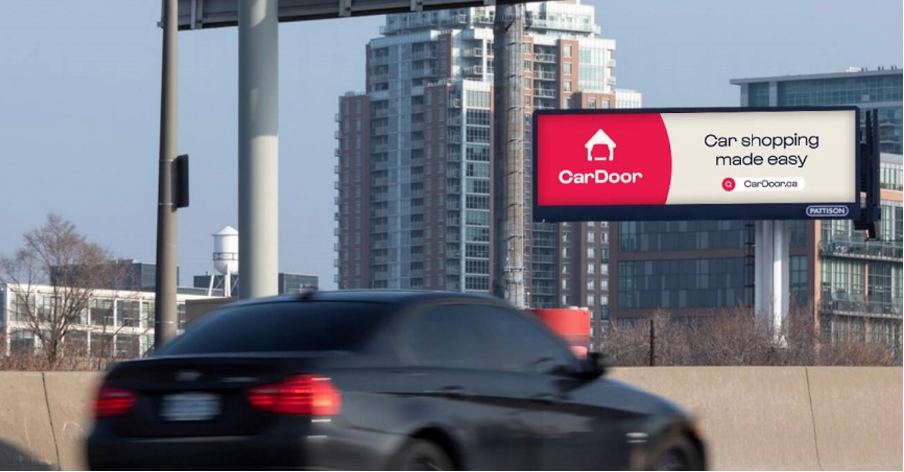
(Image source: broadsign.com)
What was particularly effective about this DOOH campaign is that CarDoor made great use of location to target potential buyers. The brand knows that most people start thinking about buying a new car when they start to experience problems with the one they’re driving right now. So, CarDoor chose locations in high-traffic areas near auto-repair shops and car dealerships – something that’s incredibly easy to do using today’s powerful programmatic DOOH (pDOOH) platforms like The Neuron.
Read more: 3 Ways Location Based Advertising Can Improve Your Business
Klarna
Delayed payment service provider Klarna has a brand positioning strategy aimed primarily at millennials and the younger generations.
In 2021, Klarna launched a campaign designed to leverage its brand positioning while breaking the prominent stereotype that “Millennials are useless with money.”
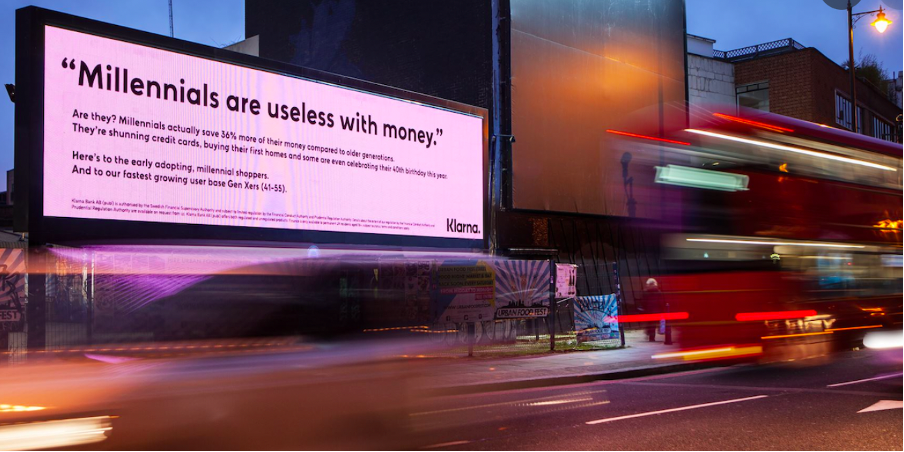
(Image source: google.com)
With an eye-catching pink background and bold text, Klarna used the campaign to deliver factual messaging that millennials in fact save more money than older generations. It’s a great positioning campaign – one that doesn’t go for the hard sell, but rather positions Klarna firmly on the side of its target customers, and thereby putting itself in the forefront their minds.
Bumble
Dating app Bumble positions itself in the market via a strong value proposition – “Women make the first move.”
It’s simple, powerful, and differentiates Bumble from its competitors. Men and women both know what they’re getting into when they download the Bumble app just by that one sentence.
This vision to empower women is echoed in and evident throughout all of the company’s messaging and marketing efforts – including its DOOH advertising, which stands as a great example of a company standing behind its core beliefs by utilising outdoor media to bolster its brand positioning.
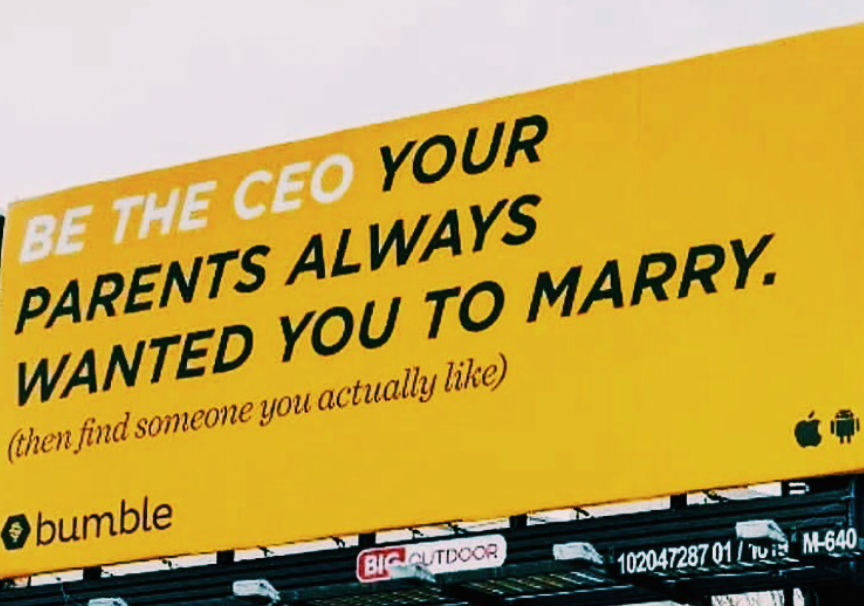
(Image source: vsco.co)
The Neuron – Boost Your Brand Positioning Strategy with DOOH
If you’re ready to supercharge your positioning strategy, you need a programmatic DOOH platform that can get your message where you need it to be.
The Neuron is a pDOOH platform designed for SMBs. With single click processes and a free to use DOOH Design Studio, you can launch your branding campaign on premium DOOH inventory in minutes.
